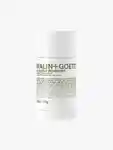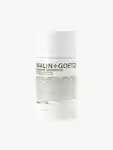Deodorants
The perfect fit for pits.
14 results
14 results
Sort by






Showing 14 of 14
Men's Deodorants
Finding the best deodorant for men is a mission we take to heart – no overpowering locker room sprays or air freshener style scents here! Elevate your everyday routine with a selection from our range of men’s deodorants from the world’s best personal care brands. Whether you opt for lightly fragranced or unscented, botanical or brightening, there’s a deodorant for every preference at MECCA. Roll-on, gel, cream or stick – take your pick!

